Cumberland County: A Post Card
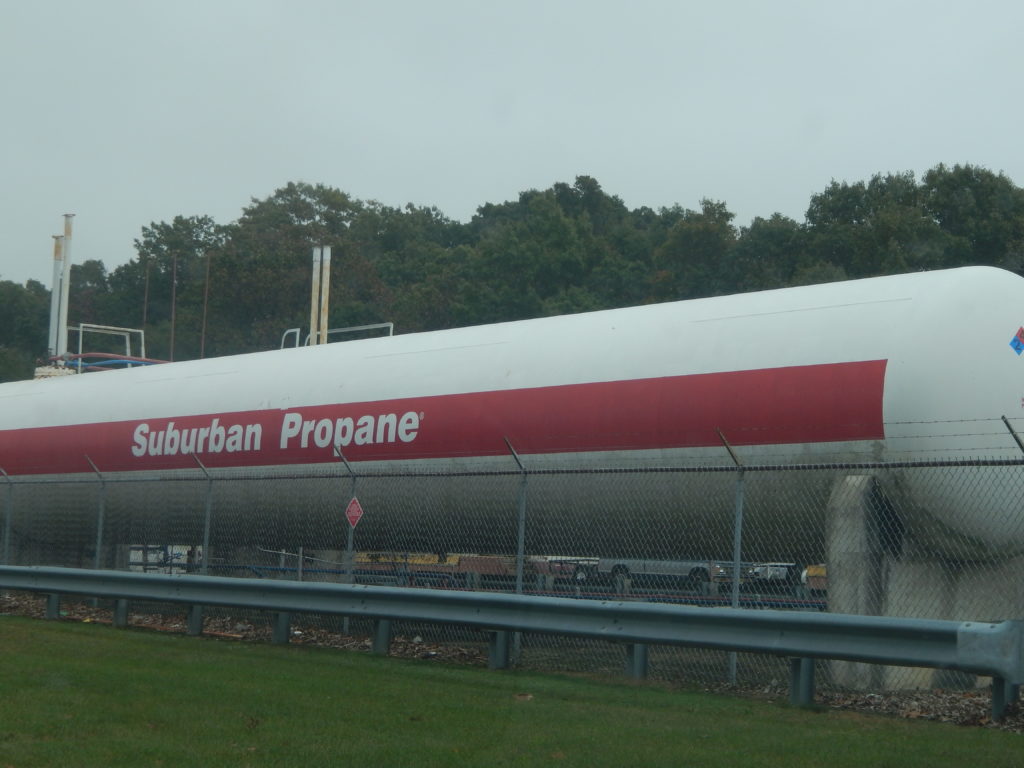
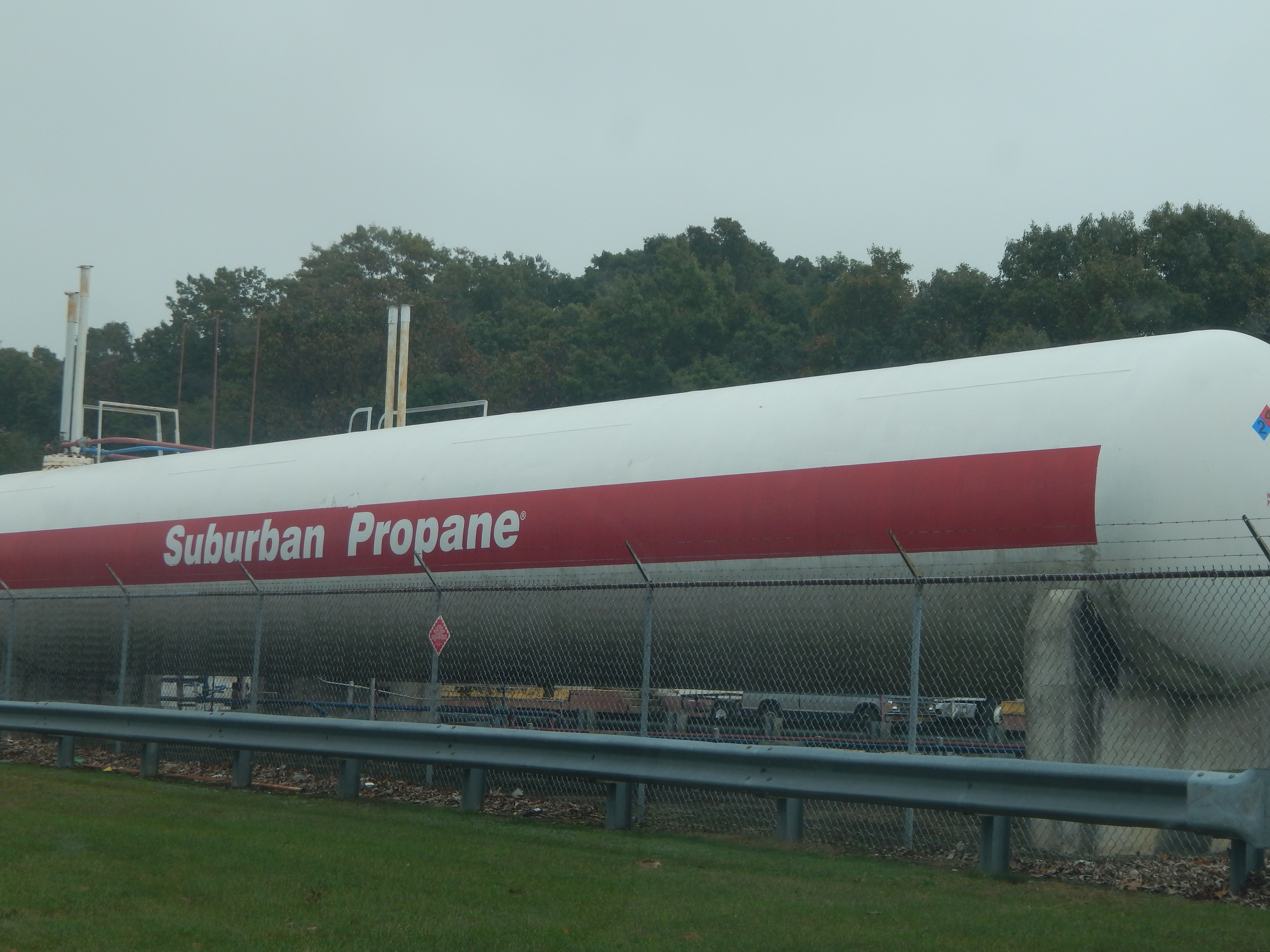
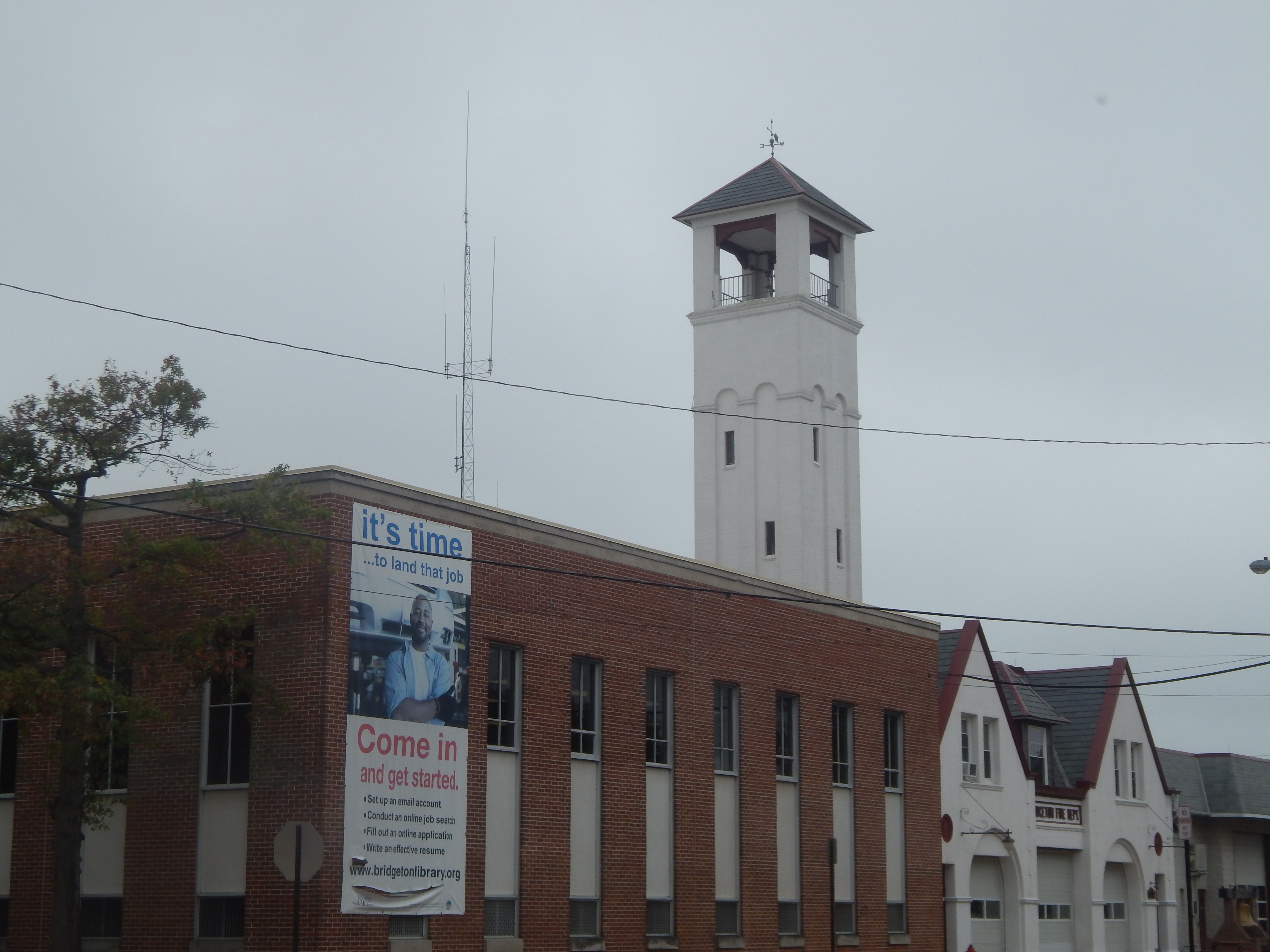
[caption id="attachment_13187" align="alignnone" width="3264"] Weeks before election, thousands of voters gubernatorial campaigns MIA[/caption]
Weeks before election, thousands of voters gubernatorial campaigns MIA[/caption]
[caption id="attachment_13189" align="alignnone" width="2672"]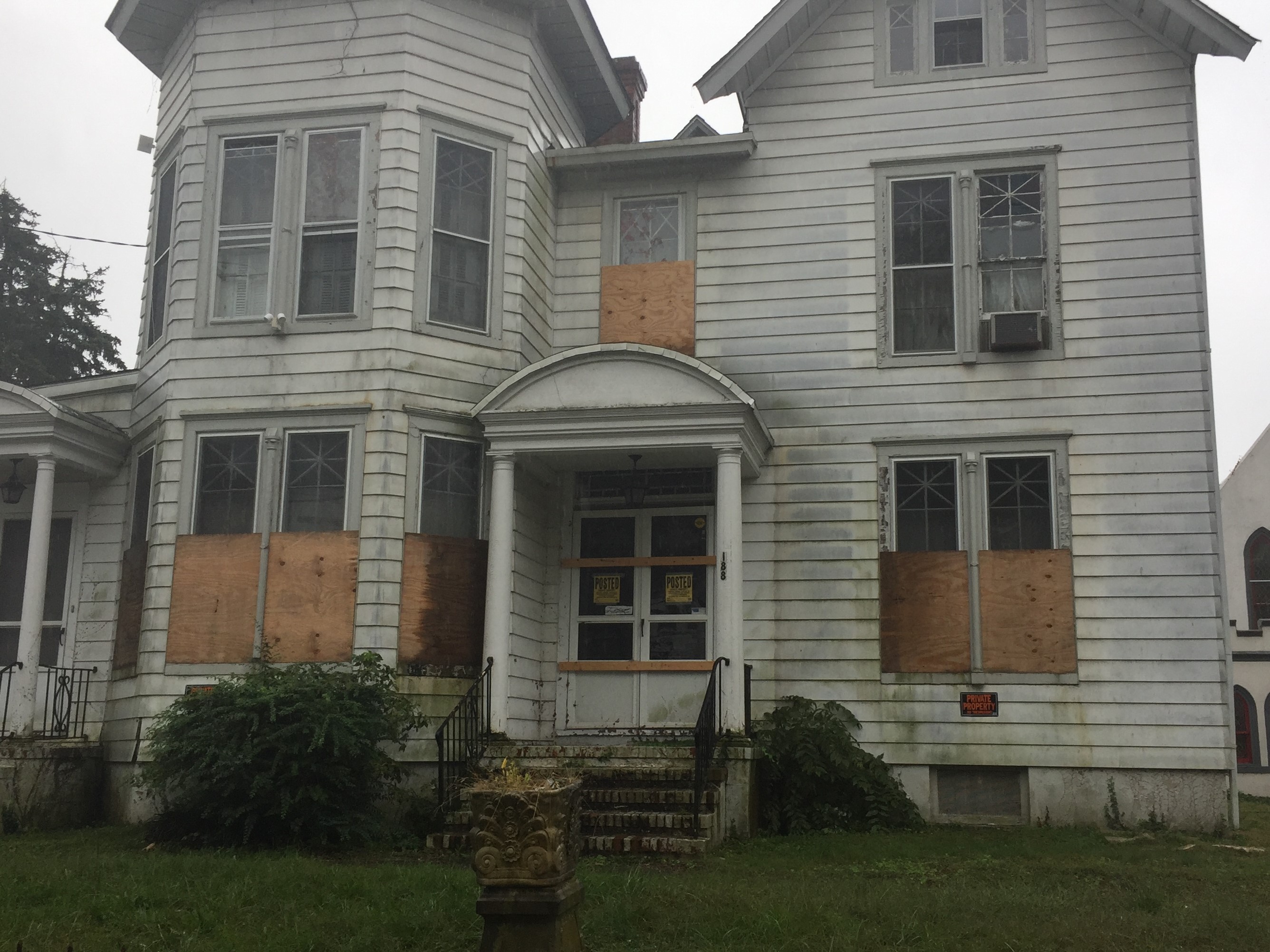 Time may be of the essence.[/caption]
Time may be of the essence.[/caption]
And if Cumberland County’s present circumstance seems dire, the future looks bleaker, if we look at how this local misery index plays out for children. One in four children live below the poverty line, ranking it as the county with the third highest level of childhood poverty in the state behind Passaic 27 percent and Hudson with 26 percent. Based on the 2017 NJ Kids Count data that sites 2014 data, only 58 percent of the county’s 4th graders passed their state achievement tests, down from 62 percent in 2010. Statewide 74 percent passed.
[caption id="attachment_13191" align="alignnone" width="2649"]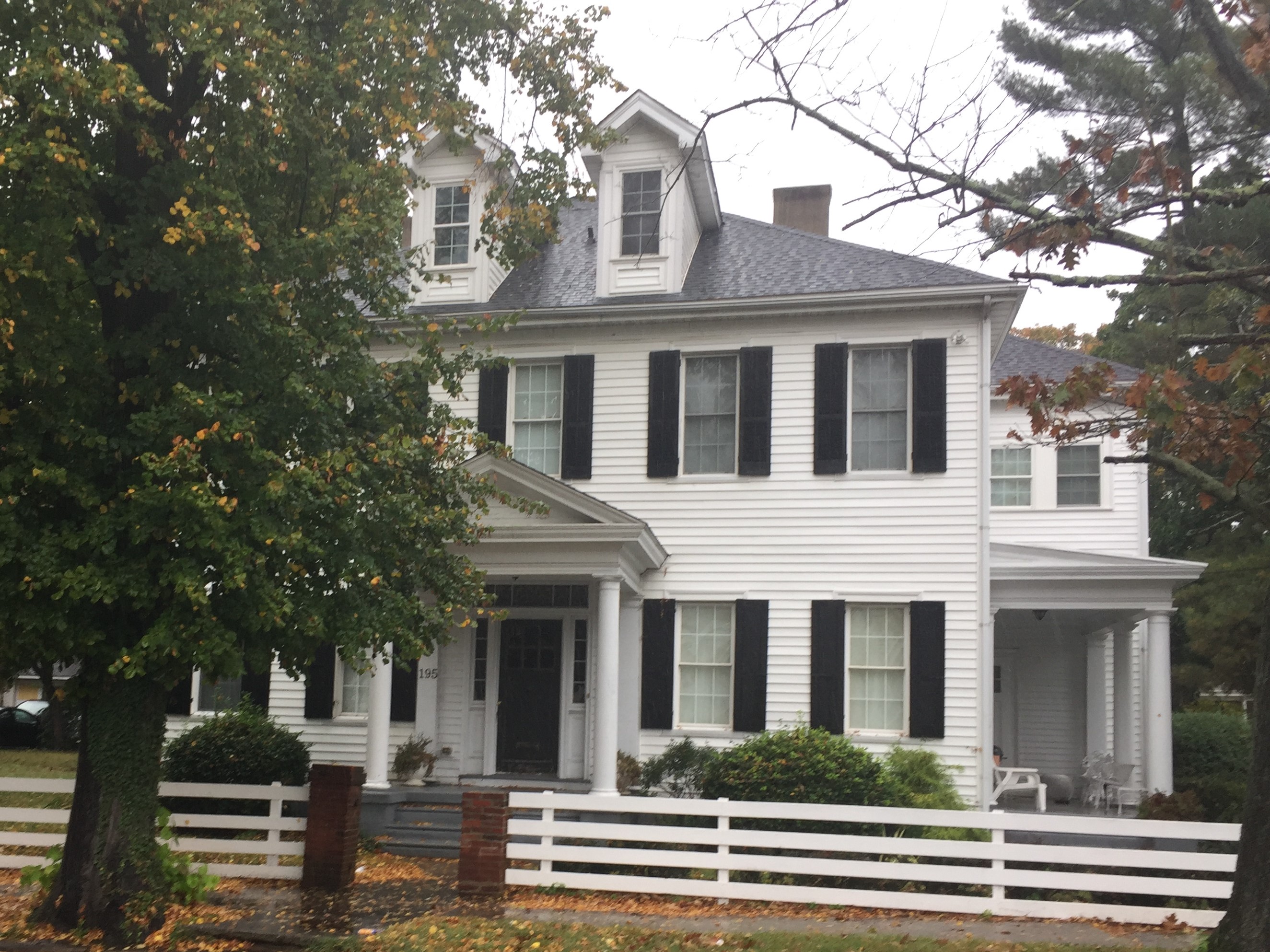 Could Bridgeton’s historic district be the foundation for an economic rebirth?[/caption]
Could Bridgeton’s historic district be the foundation for an economic rebirth?[/caption]
[caption id="attachment_13193" align="alignnone" width="2728"] Signs of enduring hope in downtown Bridgeton.[/caption]
Signs of enduring hope in downtown Bridgeton.[/caption]





